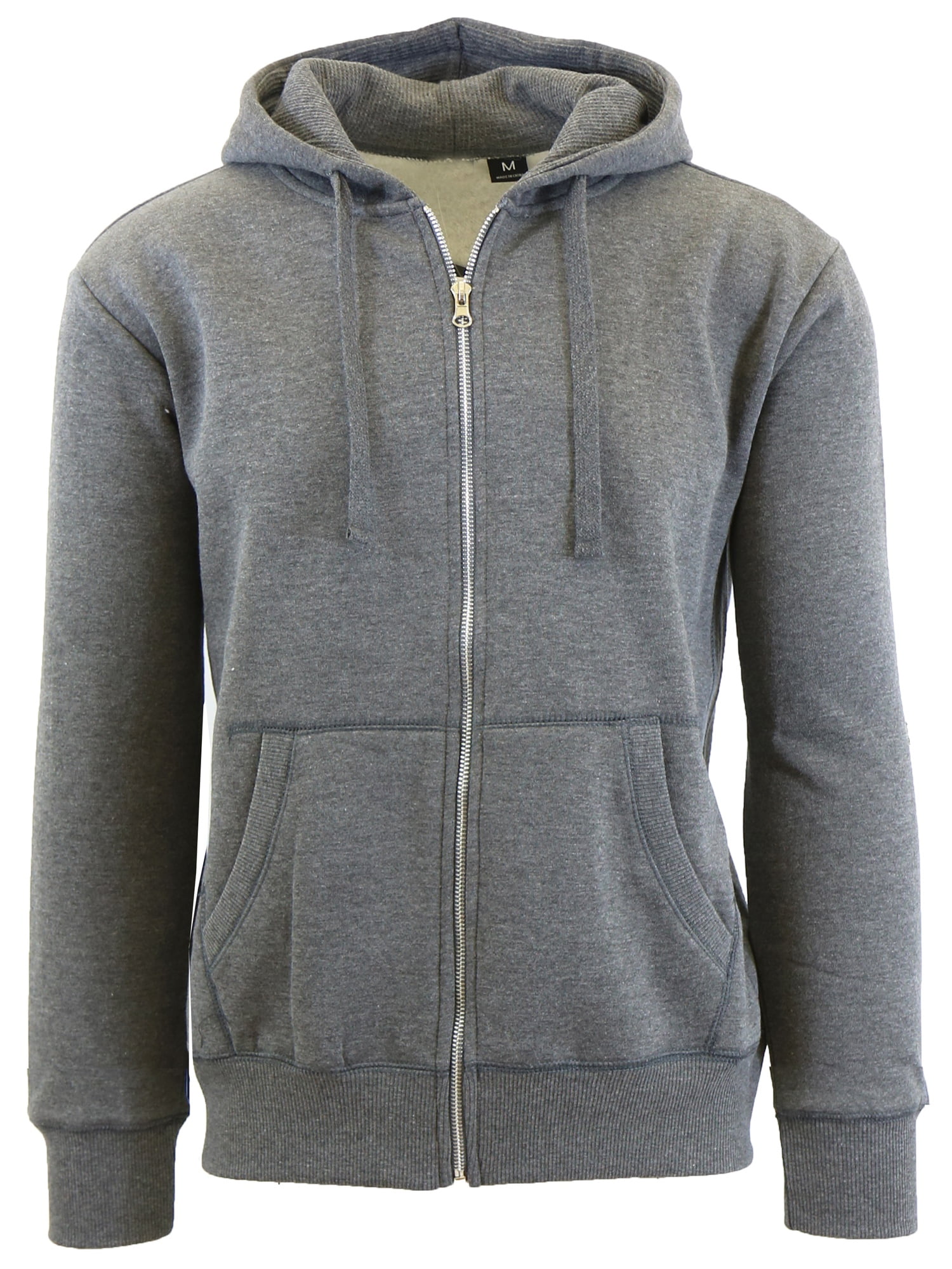Things to Consider When Deciding on the Right Sweatshirt

Sweatshirts are long-sleeved, pullover tops that are constructed from thick cotton fabric. They are generally used for casual wear and aren't as dressy as sweaters or cardigans. They do not usually have an or hood. If you're thinking of purchasing a sweatshirt, here are a few tips:
Norma Kamali sparked the appeal of sweatshirts
Since the late '70s In the late '70s, Norma Kamali has been transforming the simple sweatshirt into an art form. Her designs are now an integral part of almost all women's wardrobes. Her distinct designs include a tummy-tucking team neckline to leather-paneled sweatshirts. She has also created clothing in unusual shapes, such as tanks with a long trumpet skirt.

A partnership of the designers and the sweatshirt maker Everlast led to her Timeless collection, which was an instant hit when it appeared in Spiegel's spring 2006 catalog. The collection featured convertible and interchangeable knits in classic shapes and many of the pieces were priced at less than $20. Even even if The Norma Kamali Timeless collection was not available in stores, fans were able to find the designs for sale on eBay or Poshmark.

Merino wool sweatshirts are more comfortable than sweatshirts with soft fabrics.
Merino wool is known for its moisture-wicking capabilities, which helps to keep you dry and comfortable. This is a naturally-occurring fibre that also offers a more comfortable feel. The fabric also dries quickly when compared with other natural materials. In addition, it is a sustainable resource. Merino sheep shed their coats each year and grow new ones.
Merino's weight-to-heat ratio is high, and the warmth of wool is one of the reasons it's popular for sweatshirts. It assists in regulating the body's temperature because of its loft that naturally holds heat in the fibers. This is why Merino wool sweatshirts work great for summer and outdoor activities like mountain biking, hiking and running. The warmth it provides helps keep the wearer well-hydrated and cool, something that is essential when working out.
Zip-front hoodies feature kangaroo pockets.
Kangaroo pocket hoodies are a popular style of hoodies. These hoodies have a large pocket in the front, which keeps your hands warm on cold days. They're additionally more practical than conventional pockets because they permit your hands to slide into and out easily.
Kangaroo pockets are typically large enough to hold an entire wallet, as well as other personal items. They're usually big enough to hold the palm of a hand that is small, and can even be wide enough to fit two hands. They have wide openings on either side , and make them ideal for carrying small items.
French terry fabric is a very popular material for sweatshirts.
The French Terry fabric is constructed of soft yarns knit into loops and are usually midweight. It is also noted because of its capacity to absorb moisture and is already pre-shrunk. French Terry is an excellent option for sweatshirts since it is warm when you're in need and keeps you cool when you're trying to cool off.
sweater shirts is also popular for loungewear, since it is stretchy and has enough flexibility to feel comfortable against your skin. It also allows air to circulate throughout the fabric, making it ideal for layering under other clothes. Additionally, since it's lighter than other sweatshirt s, you can wear it throughout the year without feeling either cold or hot.
Hoodies can be classist.
While it may seem that hoodies are simply clothes that are appropriate for people of the working class however, in reality they are a symbol of class. Hoodies first became seen in the 1970s , in New York, where graffiti artists would wear them to conceal their identities. In 1976 the hoodies made their big film debut in "Rocky," when the working-class title character wore grey sweats with hoods during his famous climb up the Philadelphia Museum of Art.
Hoodies are frequently linked to death, destruction and other negative things, but they also serve practical purposes. For instance, priests and monks may wear hoods to show modesty and inward focus.
